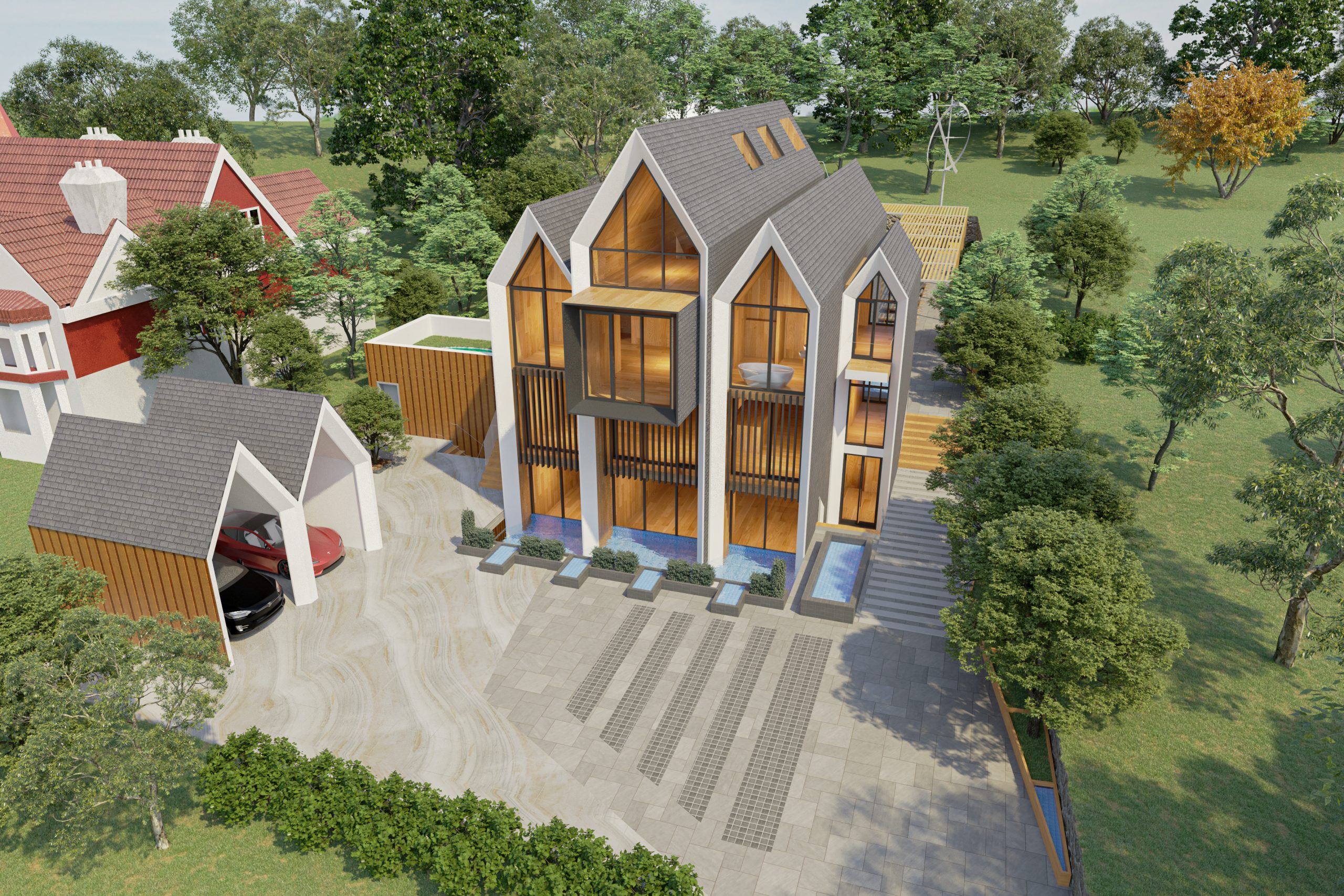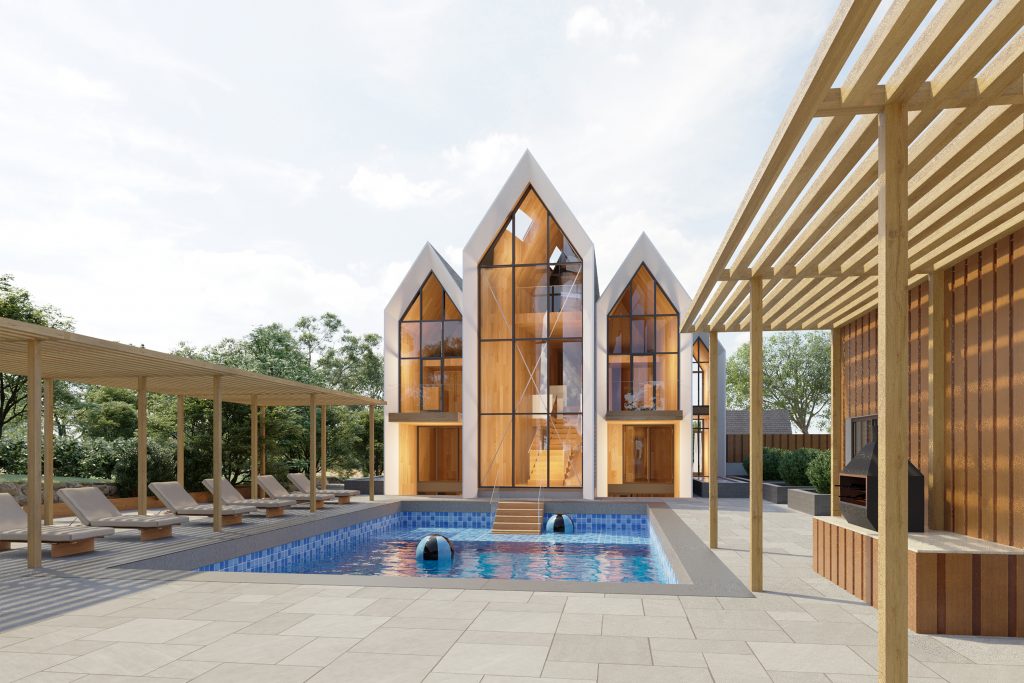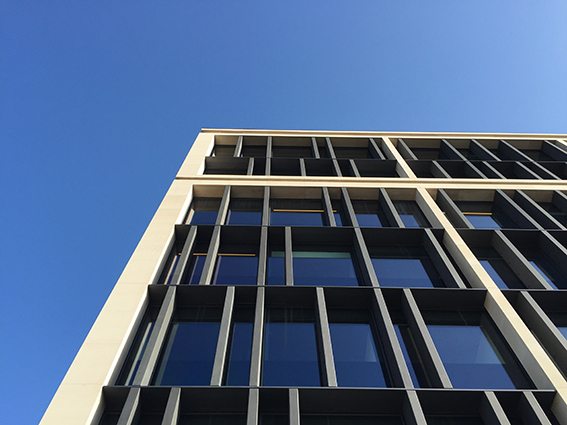
A Guide to Zero Carbon Design
One of our key principles here at Studio Anyo is to create buildings and structures that are good for the environment throughout their entire life span.
A key element of our approach is our passion for zero carbon design.
This is a method of design and construction that is a critical approach in the battle against climate change.
But what is it? How does it work? And what benefits does it have?
Let’s take a look.

What is Zero Carbon Design?
There are many different stages in the life of a building.
From design and construction, to operation and demolition, every element needs to be optimised for energy efficiency for a building to be classed as zero carbon.
But what does this phrase mean exactly?
Well, a zero carbon building is a structure that over it’s lifetime will achieve net zero carbon emissions. This means that the carbon footprint of the structure is offset by energy produced by the building.
At Studio Anyo, we are proud to be a part of the first zero carbon and zero waste design in the UK, with our Cliff House project.
We aim to have our projects achieve carbon neutrality within ten years.
This means that by this point in their lifespan, the emissions they have created will have been completely offset.
And we don’t stop there, with many of our projects not just offsetting the carbon that is used, but actually creating much more energy than it uses.
Methods of Zero Carbon Architecture
We’re fully committed to sustainable design and this shows in every design we do.
To achieve this, here are some methods we regularly look to use:
- Material Selection – Every material that we choose to use throughout the construction process has been carefully selected for it’s ability to be reused and recycled after the demolition process is completed.
- Passive Design – This is a term for a set of strategies that relies on the natural environment to provide many features that energy is often used for, including heating, cooling, and ventilation.
- Renewable Energy Sources – Installing renewable energy sources such as solar panels, wind turbines, or geothermal heating systems can help generate clean energy to power the building and keep the fossil fuels being used to a minimum.
- On-Site Energy Storage – Using on-site storage solutions for the energy that you do generate from your renewable sources, such as batteries, is key to ensuring that you always have a steady supply and that you aren’t wasting the energy you have created.
- Adopting a Natural Approach – There are many ways to offset your carbon, including planting trees and using nature throughout your structure that can add more CO2 into the planet.

The Benefits of Zero Carbon Design
So, now you know some of the approaches we take to achieve zero carbon status, here’s the benefits that this can bring, starting with an obvious one:
Reducing Carbon Footprint
The battle against climate change is certainly no joke, and everything we can do to create buildings that are good for the planet throughout the many years they are in operation is always a good thing.
Buildings are a significant contributor to greenhouse gas and carbon emissions, and by incorporating these methods into our buildings, we hope to inspire the future generations to continue to do so and make the use of zero carbon design in construction much more commonplace.
By doing this, we can all help to minimise the overall impact construction and buildings have on the environment and help to mitigate climate change.
Improved Energy Efficiency
Zero carbon design always looks to incorporate many energy-efficient features. This can not only help to keep the carbon footprint down, but will also lead to significant cost savings for the building occupants.
Some ways of doing this are installing intelligent lighting systems for example which make sure no energy is being wasted on lighting. Adding high-quality insulation that can help to monitor heat is also a good way of keeping your energy usage down.
The design of a building is key in making it energy efficient, and things like windows can play a huge part in letting natural light and warmth in, for example.
Improved Air Quality
We have already mentioned passive design, and this is something that can have many more benefits besides reducing the carbon footprint of a building.
It can also drastically improve the air quality inside a building.
It has been scientifically proven (even by huge corporations such as NASA) that having plants and other natural elements inside a building has many advantages on the air, including cleaning and purifying it.
These natural elements make a much better living environment for occupants and can stop the building feeling stuffy.
Enhanced Comfort
On a similar topic, enhanced comfort is another huge advantage of zero carbon design.
A building that has been designed with sustainability in mind will have many features that can make it feel very comfortable.
These may include elements such as insulation, efficient heating and cooling systems, and natural daylighting, all of which can make a building feel homely and relaxed.
While these features may have been added for a different reason (to minimise the carbon footprint) they do also make the interior of the building much nicer to be in, which can only be a positive.
Increased Property Value
While there aren’t a huge number of zero carbon buildings around right now, the interest in them is quickly growing.
As the awareness of climate change issues increases, and the methods of making a building more sustainable become more widely used, these buildings are becoming much more of an attraction to potential investors.
If you can show you can provide a building which is zero carbon, and also offers long term cost-saving and the other benefits mentioned above, you are certainly providing them with an appealing project that they are sure to want to buy into.
Zero Carbon Design with Studio Anyo
If you are looking for a team that specialise in sustainable and zero carbon design, then why not take a look at Studio Anyo.
Our experienced team have much knowledge in MMC, DFMA, and sustainability and can advise you on your next project to ensure a zero carbon building in the future.
Want to know more? Then get in touch today.


